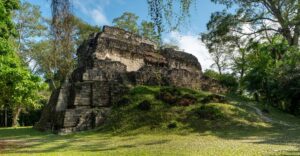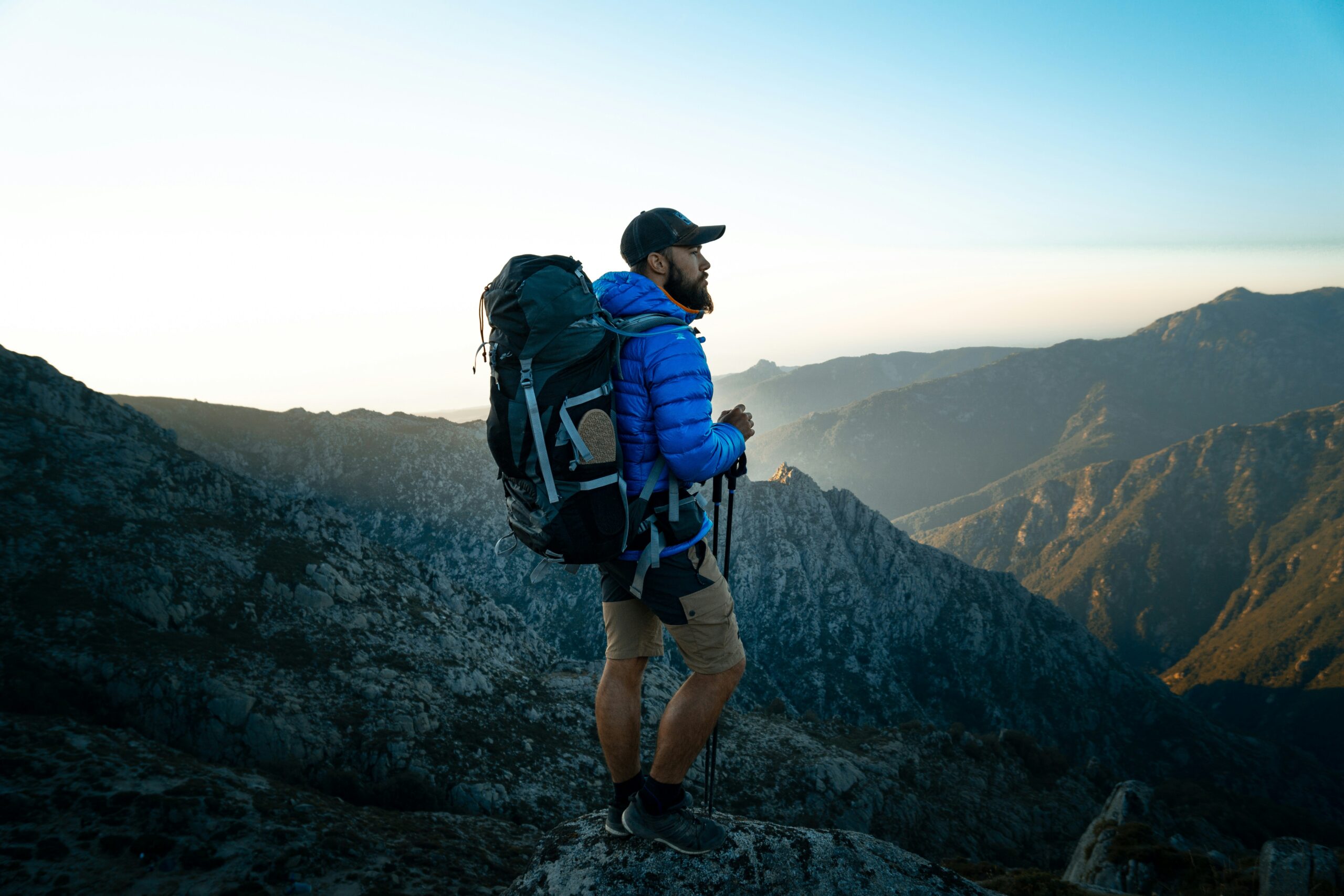
The Essential Guide to Choosing and Packing Your Volcano Hiking Backpack
Volcano hiking is an adventure like no other. The stunning landscapes, the thrill of walking on volcanic terrain, and the sense of achievement at the summit make it a memorable experience. However, this type of hiking comes with unique challenges that require special gear. One of the most important items for this adventure is your hiking backpack. In this blog, we’ll explore the must-have features of a volcano hiking backpack and provide a step-by-step guide on packing essentials for a safe and enjoyable hike.
Must-Have Features of a Volcano Hiking Backpack
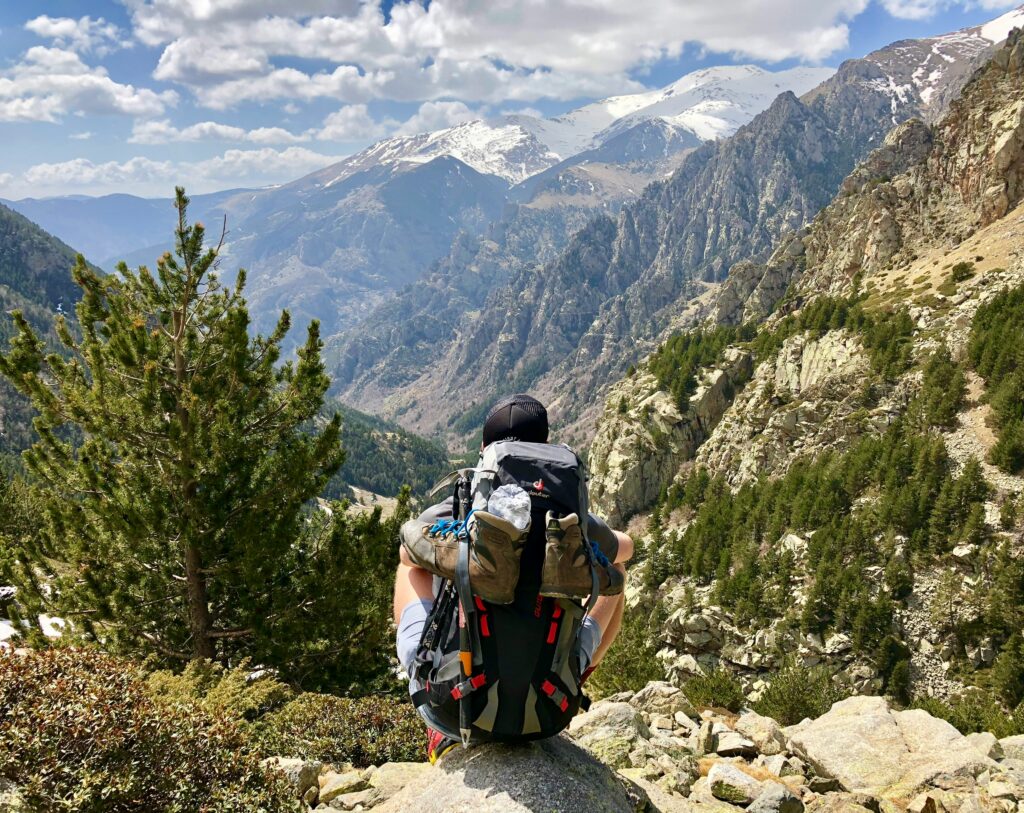
When choosing a hiking backpack for volcano trekking, you need to consider specific features that cater to the unique demands of volcanic environments. Here are the essential features to look for:
1. Heat Resistance:
Volcanic areas can get extremely hot, especially around active sites. Your backpack should be made from heat-resistant materials to protect your belongings from high temperatures. Look for fabrics like Kevlar or other heat-resistant composites.
2. Durability:
The rough and often sharp volcanic terrain can easily tear through regular backpack materials. A durable hiking backpack with reinforced stitching and tough outer fabric is essential. High-denier nylon or heavy-duty polyester are good choices.
3. Capacity:
Volcano hikes often require carrying more gear than typical hikes due to the need for additional safety equipment and water. A backpack with a capacity of at least 30-40 liters is recommended. This size strikes a balance between having enough space and being manageable to carry.
4. Hydration Compatibility:
Staying hydrated is crucial, especially in hot volcanic regions. A hiking backpack with a built-in hydration reservoir or a designated sleeve for a hydration bladder can be very convenient. This allows you to drink on the go without having to stop and unpack your water bottles.
5. Comfort and Fit:
Since you’ll be carrying your backpack for extended periods, comfort is key. Look for backpacks with padded shoulder straps, a supportive hip belt, and an adjustable suspension system. This helps distribute the weight evenly and reduces strain on your back and shoulders.
Step-by-Step Guide on Packing Essentials for a Volcano Hike
Now that you know what features to look for in a hiking backpack, let’s move on to packing it efficiently. Here’s a step-by-step guide to ensure you have everything you need for a safe and enjoyable volcano hike.
1. Safety Gear:
Safety should always be your top priority when hiking around volcanoes. Therefore, it’s important to pack the following safety gear:
Firstly, a helmet is essential to protect your head from falling rocks or debris. Additionally, a dust mask is crucial as volcanic ash can be harmful if inhaled; it helps filter out the ash particles. Moreover, goggles are necessary to shield your eyes from ash and dust, which can cause irritation and damage. Lastly, carrying a thermal blanket is advisable in case of sudden weather changes or emergencies.
2. First Aid Kit:
A well-stocked first aid kit is essential for any hike. Transitioning to the specifics, let’s outline the crucial components:
Firstly, pack bandages and gauze to address cuts and scrapes effectively. Secondly, include antiseptic wipes to ensure proper wound cleaning. Additionally, pain relievers such as ibuprofen or acetaminophen should be in your kit to alleviate discomfort. Tweezers are indispensable for removing splinters or debris. Lastly, don’t forget to pack moleskin to prevent blisters, ensuring your hike remains comfortable from start to finish.
3. Hydration and Snacks:
Staying hydrated and energized is crucial. Therefore, be sure to pack the following:
Firstly, include a Hydration Bladder or Water Bottles. Ensure you have at least 2-3 liters of water to keep you hydrated throughout your hike.
Secondly, consider bringing Electrolyte Tablets. These are essential to replenish lost salts and maintain your electrolyte balance, especially in hot and strenuous conditions.
Lastly, don’t forget to pack Energy Bars and Snacks. These high-calorie snacks like nuts, dried fruit, and granola bars will provide you with the necessary energy to sustain your activity levels during your volcano hike.
4. Navigation Tools:
While you may be familiar with the area, navigation tools are still essential. Here’s why:
Firstly, ensure you have a physical map and a compass as a backup. This traditional method can be invaluable in case electronic devices fail.
Secondly, equip yourself with a GPS device or smartphone with offline maps. These tools offer precise navigation, especially in remote or unfamiliar terrain where landmarks may be scarce.
Lastly, don’t forget a whistle. It’s a simple yet effective way to signal for help if you find yourself in an emergency situation.
5. Clothing and Personal Items:
As you prepare for changing conditions, it’s crucial to dress in layers. Start with a moisture-wicking base layer to keep sweat away from your skin. Then, add an insulating layer, such as a fleece or down jacket, to trap heat and keep you warm. Next, don a waterproof and windproof outer layer to shield against rain and wind, ensuring you stay dry and comfortable. Don’t forget to accessorize with a hat and gloves for added warmth, especially in colder temperatures. Lastly, pack extra socks to keep your feet dry in case they get wet during the hike.
6. Other Essentials:
Don’t forget these additional items:
- Headlamp or Flashlight: Ensure you have extra batteries for illumination.
- Multi-Tool or Knife: Useful for various tasks and emergencies.
- Fire Starter: Pack matches, a lighter, or a fire starter kit for campfires.
- Trash Bag: Leave no trace by packing out all your trash.
- Camera or Smartphone: Capture stunning views with your camera or smartphone.
Packing Your Hiking Backpack
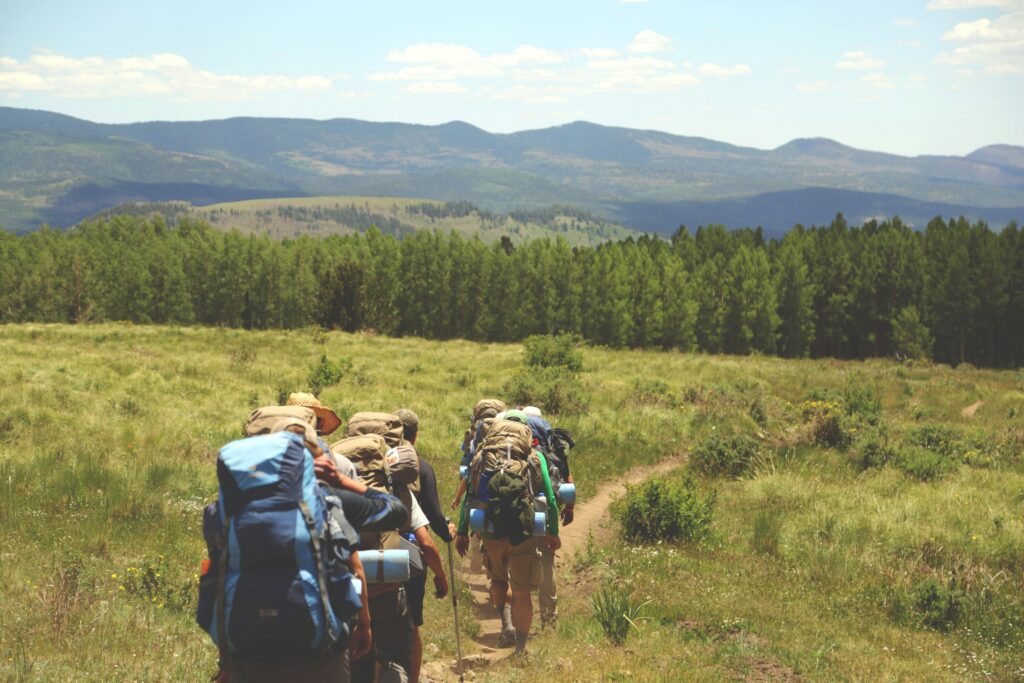
When packing your hiking backpack, it’s important to distribute the weight evenly and keep frequently used items easily accessible. Here’s how to pack your backpack:
1. Bottom of the Pack:
Place heavier, less frequently used items at the bottom. This includes your thermal blanket, extra clothing, and first aid kit.
2. Middle of the Pack:
Pack heavier items close to your back to maintain balance. This includes your water bladder, food, and cooking gear if you’re carrying any.
3. Top of the Pack:
Lighter and more frequently used items go on top. This includes your navigation tools, snacks, and headlamps.
4. Outer Pockets:
Use the outer pockets for items you need quick access to, such as your map, compass, sunscreen, and sunglasses.
5. Hip Belt Pockets:
These are great for small items like a whistle, multi-tool, or snacks.
6. External Straps:
Use external straps to secure larger items like trekking poles or a helmet.
Conclusion
A well-chosen and properly packed hiking backpack is essential for a successful volcano hike. By focusing on features like heat resistance, durability, capacity, and hydration compatibility, you’ll be well-prepared for the unique challenges of volcanic terrain. Following our step-by-step packing guide ensures you have all the necessary safety gear, first aid supplies, hydration, and snacks to stay safe and comfortable throughout your adventure.
If you’re specifically planning a volcano hike in Guatemala, consider reaching out to Tropicana. They offer a range of volcano tour packages, including hikes to popular sites like Acatenango and Pacaya. Tropicana also provides comfortable accommodation options in Antigua Guatemala, making it easy to rest and prepare before and after your hike. Additionally, they offer shuttle services to various destinations within Guatemala, ensuring convenient and hassle-free travel arrangements.
Happy hiking!


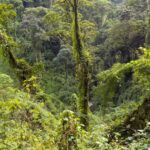 Previous Post
Previous Post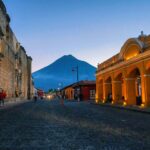 Next Post
Next Post